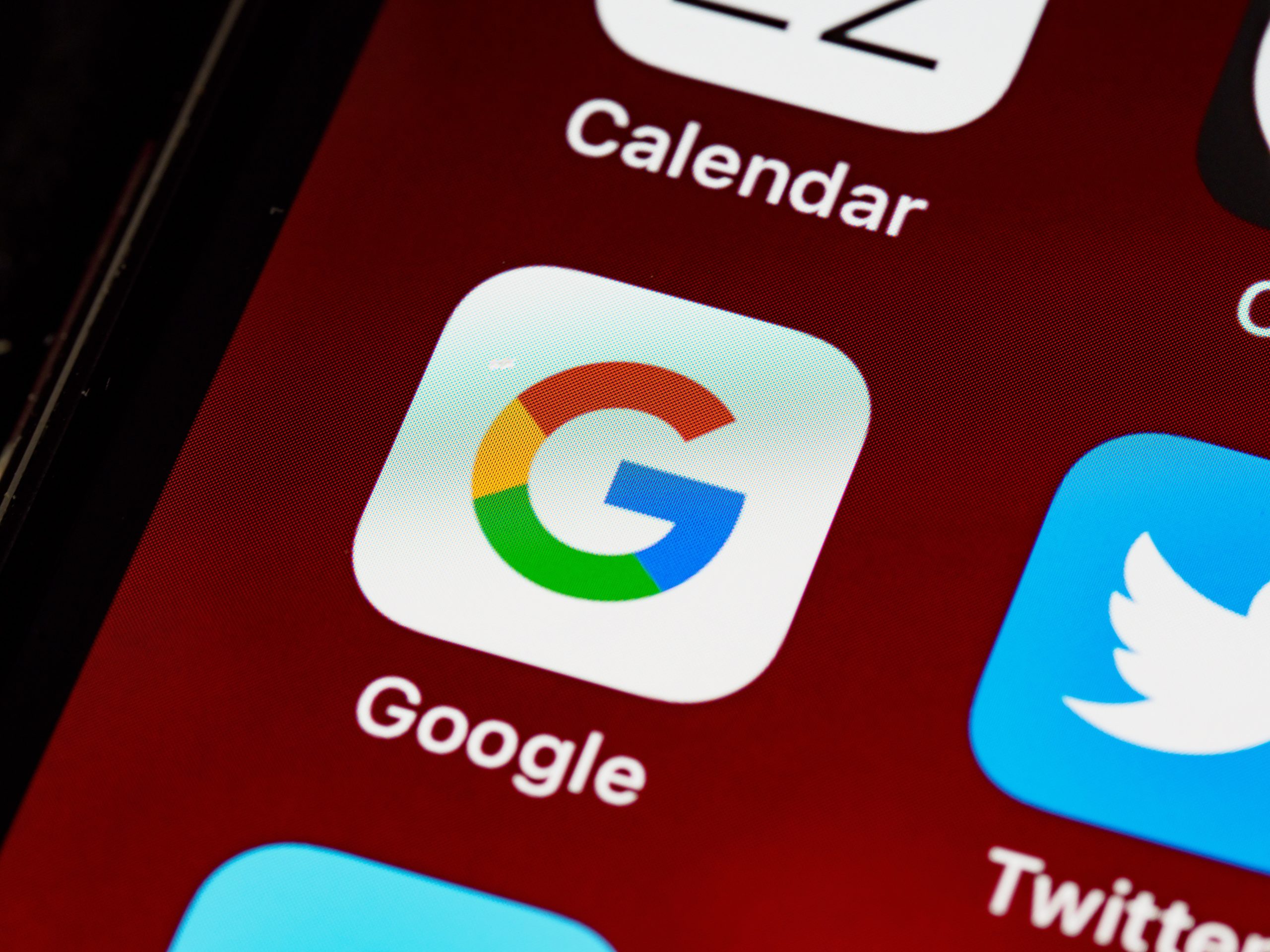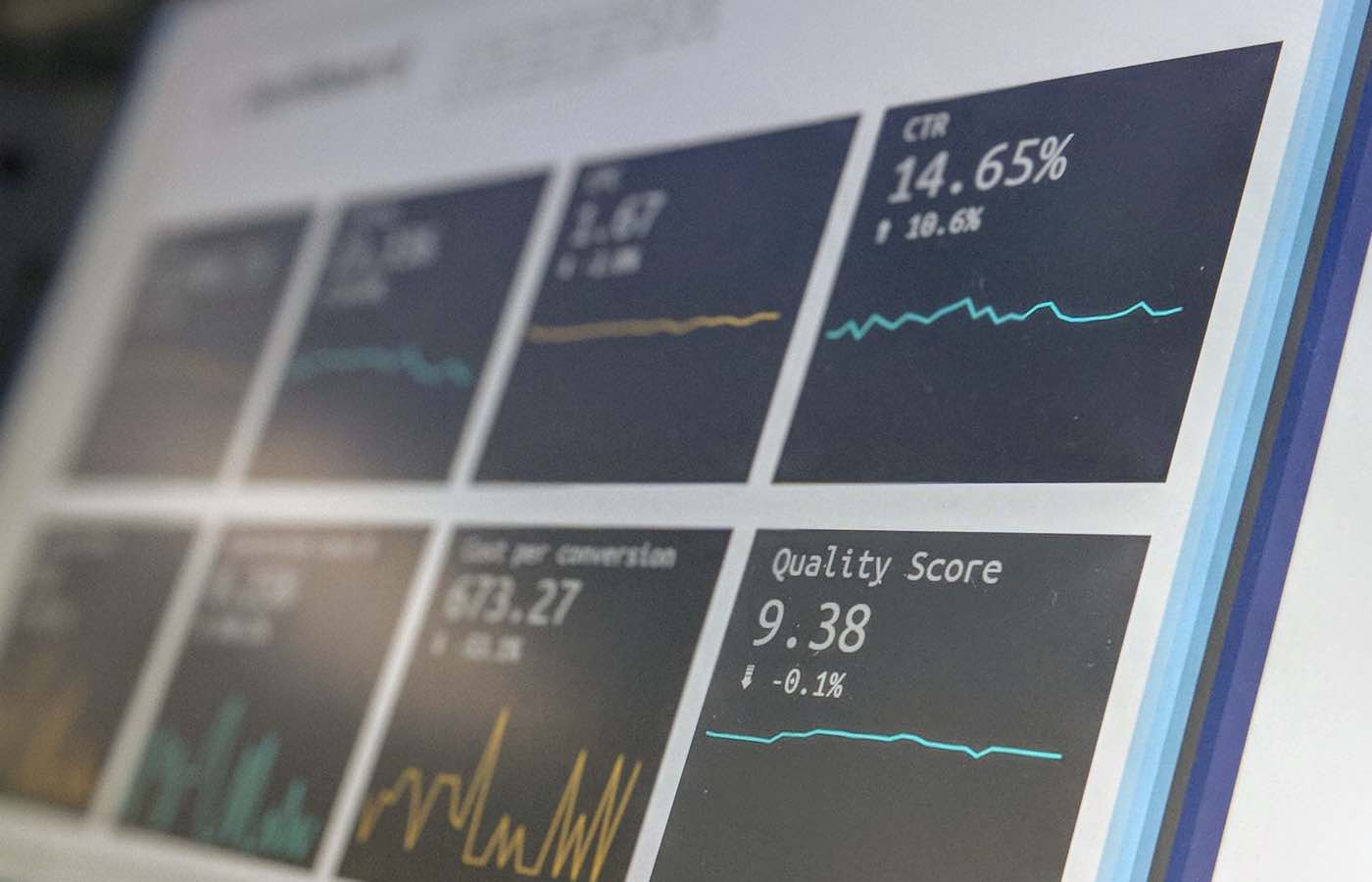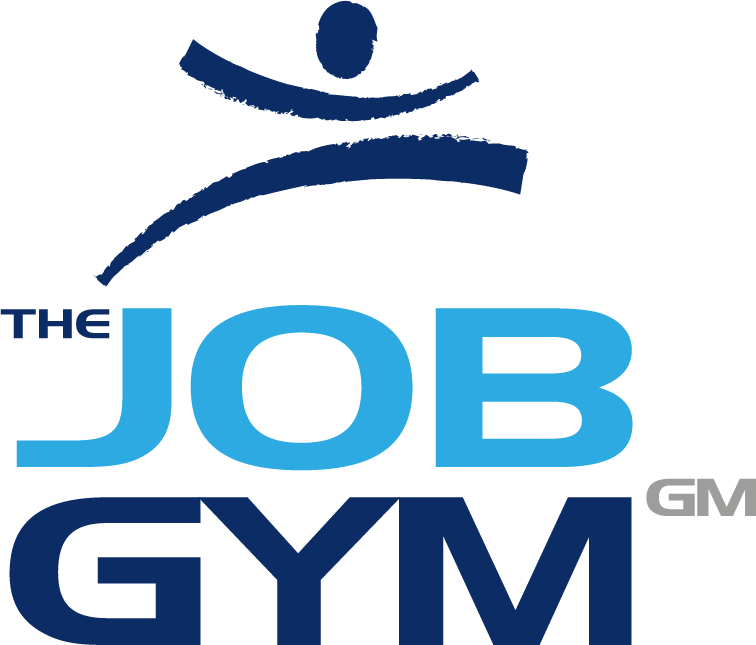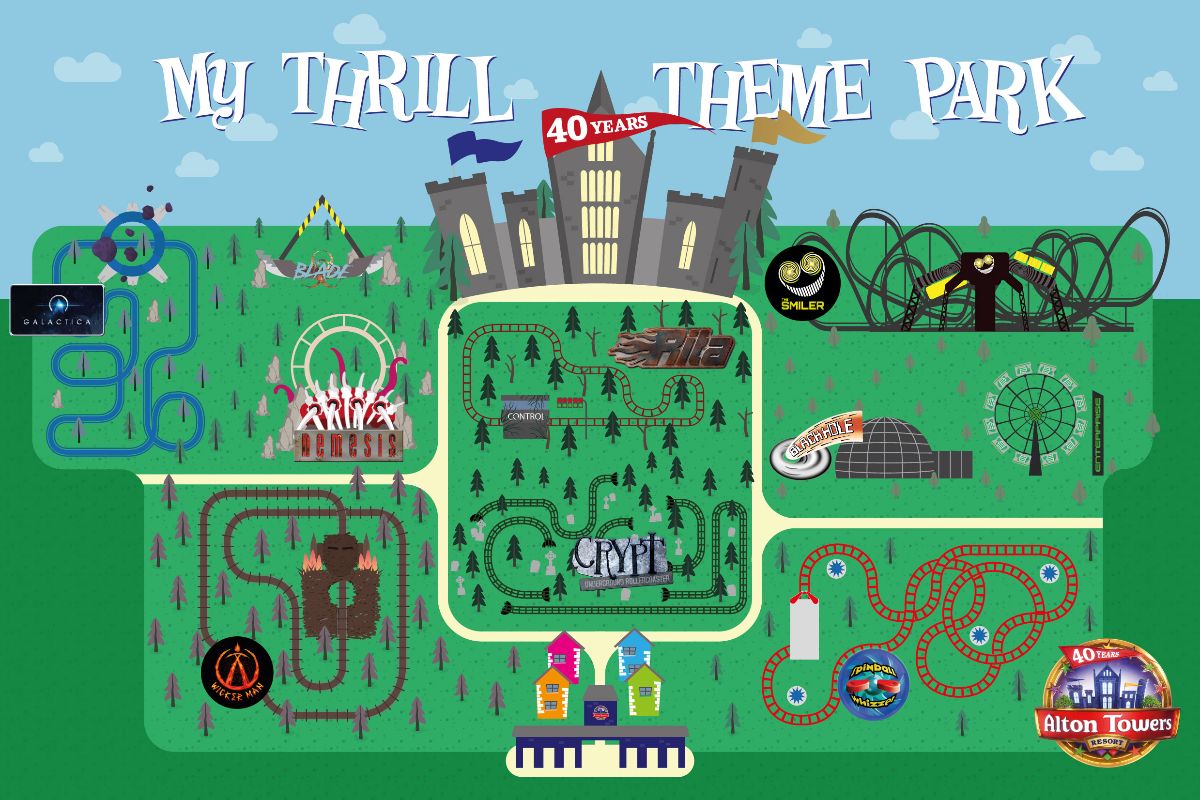
There is an upcoming core Google update that will shake and change the world of web rankings and search engine optimisation as we know it. In the upcoming update, there will be three new search ranking signals added into Google’s ever-expanding and intelligent algorithm to judge better a website’s overall page experience score for users and ultimately dictate, more efficiently, a website’s search engine results pages (SERP) visibility.
These new three signals have been coined the ‘core web vitals’ (kind of catchy… right?) and will ultimately make up 3/7 of the total search signals Google’s algorithm will utilise to dictate the aforementioned page experience score.
This information can be seen clearly in the below image:
These three new signals — of the total 3/7 signals — are:
- Largest Contentful Paint (LCP): a measurement of how long it takes a web page to load from the user’s point of view.
- First Input Delay (FID): a measurement of the time it takes for a user to interact with your web page.
- Cumulative Layout Shift (CLS): a measurement of how stable a web page is.
To say that this upcoming Google update will be monumental is likely an understatement. And, if you and your website(s) are not ready for it, you’ll regret that fact indeed.
Boost your rankings
Martin Splitt of Google has recently explained that some webmasters who have fixed their website’s core web vitals metrics already are starting to see rankings boost ahead of this large update rollout.
Loren Baker posed the question to Splitt of whether the ranking improvements people have reported after completing the fixes are, in fact, down to the fixes. She asked:
“Is this an indication that the Page Experience Update may be testing right now, perhaps on the weekends, and/or slowly rolling out before it officially does?
Or is it a coincidence?”
Martin Splitt answered:
“It’s neither. It’s not even a coincidence.
Page speed has been a ranking factor before.
It has nothing to do with Page Experience in this case.
But it coincidentally by making the site better accidentally you got a ranking boost from something that is not Page Experience.”
Loren replied:
“That makes a lot of sense, actually. So kudos for getting your page sped up before the Page Experience update goes out.
You may be seeing an improvement in ranking because of those changes that you’ve done but not necessarily because of the Page Experience update.
Okay, that makes perfect sense!”
What even are page speed ranking factors?
Well, since as early as 2010, page speed has been a significant factor. However, this has only been the case for desktop users and desktop search engine results pages. It’s only been as recent as July 2018 that Google announced (as very much expected) that page speed was a ranking factor for those using Google on mobile.
Google’s official announcement stated (can be read in full here):
“…as of this month (July 2018), page speed will be a ranking factor for mobile searches too.
If you’re a developer working on a site, now is a good time to evaluate your performance using our speed tools.”
At the time, it was recommended by Google to reduce javascript and image sizes — as the two main important page speed deciding factors — in order to increase page speed performance and reap the rewards of potentially increased rankings.
As seen below:
“Are you shipping too much JavaScript? Too many images?
Images and JavaScript are the most significant contributors to the page weight that affect page load time based on data from HTTP Archive and the Chrome User Experience Report – our public dataset for key UX metrics as experienced by Chrome users under real-world conditions.”









